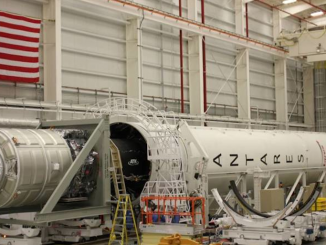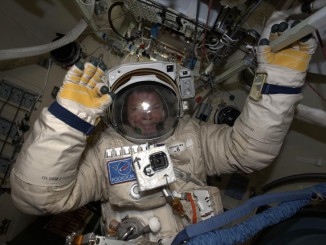
Space Station

Falcon

Antares Launcher

Mission Reports

Falcon

Mission Reports

Mission Reports

News







© 1999-2025 Spaceflight Now Inc